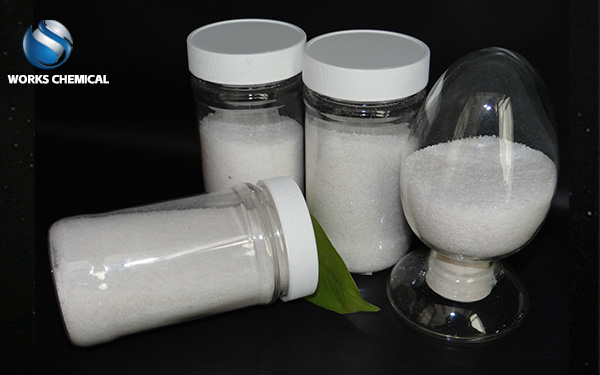
Sludge enhancers play a crucial role in the sludge dewatering process. By improving the physical and chemical properties of sludge, they significantly enhance dewatering efficiency and reduce treatment costs. The following is a systematic elaboration from four aspects: mechanism of action, technical advantages, application scenarios and precautions:

I. The Core Mechanism of Action of Sludge enhancers
Cell wall breaking and the release of bound water
The cell walls of microorganisms in sludge enclose a large amount of bound water (accounting for 60%-80% of the total water volume of the sludge). Sludge enhancers destroy the cell structure, release internal water, increase the proportion of free water, and facilitate mechanical dewatering (such as plate and frame filter press, centrifugal dewatering) for removal.
Charge neutralization and flocculation optimization
The surface of sludge particles carries a negative charge, generating electrostatic repulsion and causing the flocs to become loose. Inorganic salts reduce the Zeta potential by compressing the double electric layer, while organic polymer flocculants form dense flocs through bridging, thereby reducing the resistance of the filter cake.
Ii. Technical Advantages of Sludge Enhancers
Sludge enhancers, through the synergistic effect of multiple mechanisms, have become a key technology for sludge reduction and resource utilization. Reasonable selection and process optimization can significantly enhance the economic and environmental benefits of sewage treatment plants and contribute to the construction of "waste-free cities".